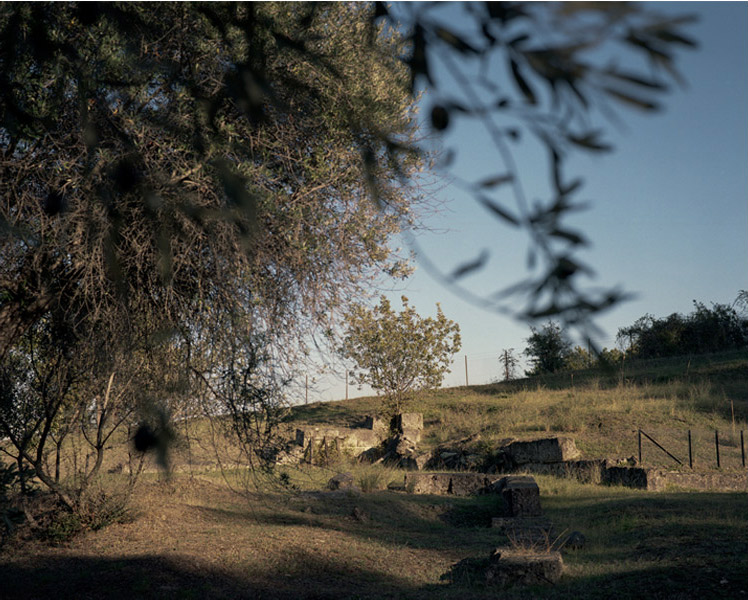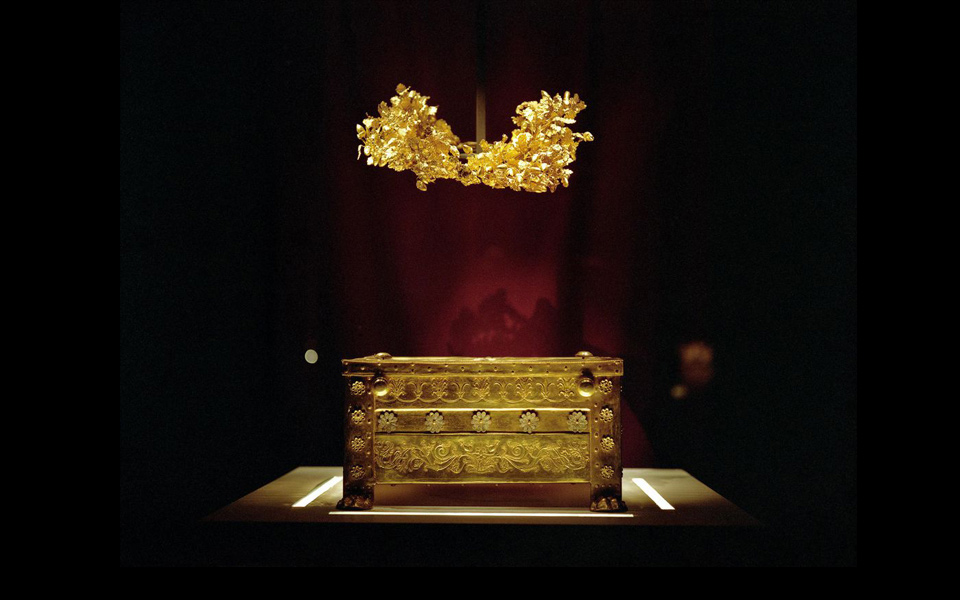Everyone has heard of Alexander the Great, ruler of the ancient Greek kingdom of Macedonia, who, by the age of thirty, had created one of the largest empires of the ancient world, stretching from Greece to northwestern India.
But what Alexander achieved would not have been possible without the legacy left by his father, King Philip II, who was also a remarkable leader, if less broadly known today.
The cover article of this month’s Smithsonian Magazine – the official journal of the renowned Smithsonian Institution in Washington, D.C.– turns the spotlight to Philip II of Macedon, who “was a colossus in his own right, a brilliant military leader and politician who transformed Macedonia and built its first empire.”
To find out more about this great military commander, British journalist Richard Grant traveled to Greece, and more specifically to Aigai (near modern-day Vergina in the municipality of Veria), the ancient royal capital of Macedonia and site of Philip’s palace. There he met up with archaeologist Angeliki Kottaridi who has dedicated much of her life to excavating the ruins at Aigai – an enormous undertaking which she now leads.
Her and her team’s work, as Grant notes, continues to shed new light on all aspects of the rise of this ancient superpower, including how Philip “paved the way for his son Alexander to become a legend.”
Grant writes extensively about Philip’s upbringing and how he came to be the man he did, backing everything up with statements by Kottaridi and other researchers.
“At Aigai, it is Philip who looms largest among the ruins, even though the place was vitally important for Alexander too. Excavations have revealed that Philip transformed the ancient city, revolutionized its political culture, and turned it into a symbol of power and ambition.”

© Myrto Papadopoulos for Smithsonian Magazine
The article, featuring images by photographer Myrto Papadopoulos, also highlights the extensive, decades long excavations that have been conducted in the area since 1977, when Manolis Andronikos first uncovered the grand, unlooted tomb believed by most archaeologists to belong to Philip II. Among the young archaeology students who assisted in that dig was Angeliki Kottaridi.
The many finds from the wider area are to go on display in the new “Polycentric Museum of Aigai”, scheduled to open to the public in 2021. The creation of the new museum will be complemented by a partial restoration of Philip’s palace that will help visitors appreciate the grand scale of the building, which covered 4 acres.
“[The museum] will showcase artifacts found at the site—a selection of more than 6,000 items, spanning 13 centuries. Meanwhile, digging continues in the vast burial grounds and other parts of the city, and a staff of 75 is working to complete a $22 million partial restoration of Philip II’s palace—the largest building in classical Greece, three times the size of the Parthenon in Athens. For Kottaridi, decades of work are coming to fruition, and for anyone interested in Philip and Alexander, Aigai is now a must-see destination,” Grant writes.
Indeed, the archaeological site of Aigai, protected by Unesco as one of the most important archaeological sites in Europe, is gradually rising from obscurity, and in the years to come both it and the municipality of Veria look set to become the next go-to destination for history buffs and cultural tourists, rivaling – as it did in antiquity – even the glory of Pericles’ Athens.












